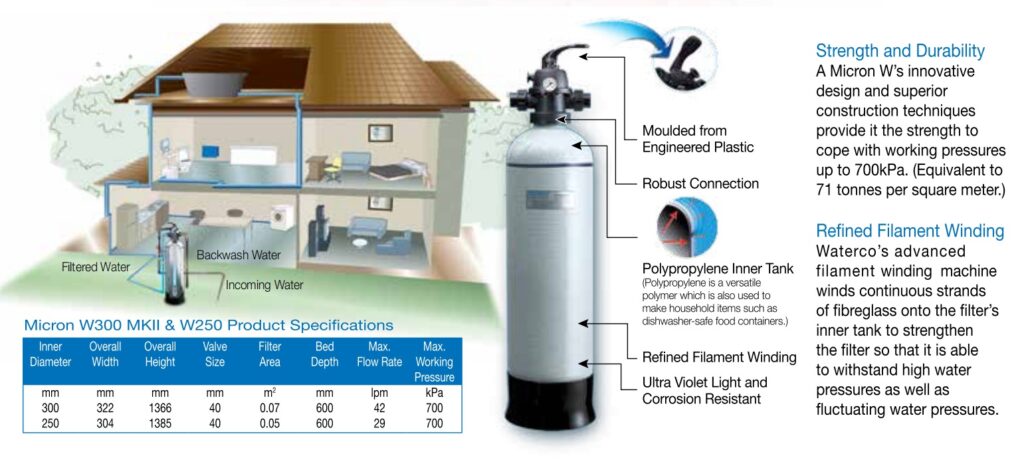Investing in a good quality filter for your home pool is essential to maintain good health of yourself and your family. Sand used in filtering media is one of the best choices that you can make to ensure quality and affordability. Sand for sand filters is a low-maintenance alternative to DE or diatomaceous earth filters because these filters remove dirt and bacteria at a lower cost, and for a longer period of time.
The sand in these filters is somewhat finer and subtler than the sand found in beaches. Highly graded and specially formulated for filtering purpose, the average dimension of this sand lies within the range of 45 to 55 millimeters, and it possesses the ability to trap dirt particles as small as 20 microns. As the accumulation of impurities inside the filter increases, the pressure on the filter assembly rises. A very high amount of pressure on the filter may render it incapable of filtering properly; therefore it is necessary to monitor this pressure using the pressure gauge provided.
Whenever the value increases the figure of eight pounds, it is important to start the backwashing procedure so that the impurities and particles get discharged and the efficiency of the filter is retained.
In order to ensure efficient operation of these sand filters, regular backwashing is an essential feat. Backwashing not only retains the filter’s capability to work to maximum capacity and ensure uniform filtering, but it also retains the life of the filter media and sand tank. Backwashing automatically cleans your filter from the inside; therefore there is no need for manual cleaning as in the case of diatomaceous filters.
Hence this filter is an ideal choice for you if you are looking for the least amount of maintenance, long life and efficiency at an affordable and budget friendly price range. With adequate backwashing and rinsing, the filter media does not deteriorate over time and the sand inside the medium does not require replacement for at least seven years. However, if you experience the need to backwash every fifteen days or so, it can be a sign that your internal filter media has deteriorated. This deterioration is generally a result of hardness or mineralization of the water.
The pH of the water changes due to the presence of hard minerals like calcium, manganese and iron in the water. These metals deposit in the filter media and make the sand filters less efficient by reducing their quality level. In order to combat this problem you can either opt for a larger sand filter that has a bigger surface area, or you can opt for a water softening filter. Water softening filters oxidize the mineral content in tap water and reduce the level of hardness. In this way, metal accumulation in the sand for sand filters is decreased and they can work efficiently for a longer time.
Mode of operation of these filters is simple. The three basic settings common to all filters using sand are “filter”, “rinse” and “backwash.” Filter setting purifies the water off any impurities; backwash reverses the water flow and cleans the filter media, and the rinse feature is activated between filtering and backwashing for about 20 seconds. More detail on Waterco Filter: https://waterfilter.my/





 There are several different factors to repairing and
There are several different factors to repairing and 